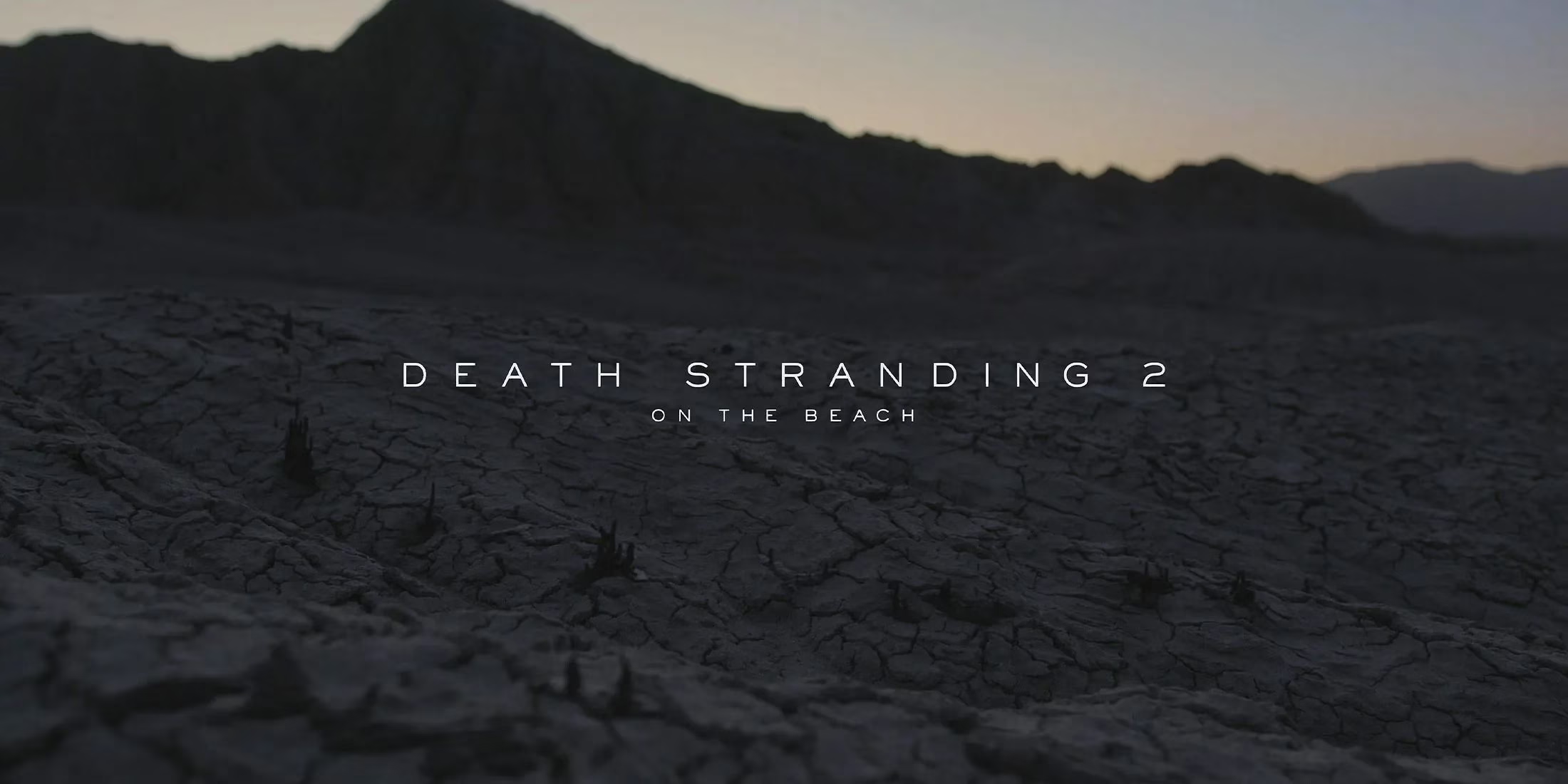Death Stranding 2: On the Beach has finally arrived in 2025, crashing onto the gaming landscape with all the subtlety of a timefall storm. It's an evolution of the original’s hauntingly beautiful isolation, refining mechanics while introducing treacherous new challenges. Players stepping into Sam Porter Bridges’ boots again quickly realize that surviving this fractured world demands more than just sturdy boots and a backpack. There are unspoken guidelines—critical nuances the game whispers but never shouts—that separate successful porters from those left stranded among the rocks and BTs. Mastering these isn’t optional; it’s the lifeline between delivering hope and becoming another cautionary tale in the chiral network. 
Route planning seems obvious, doesn't it? The game gently nudges players to chart paths after accepting orders, yet it’s astonishing how many skip this step, lured by the horizon’s siren call. Big mistake. This isn’t the first game’s rugged wilderness—it’s a deliberate gauntlet of crumbling cliffs, electrified rivers, and BT nests that materialize like nightmares. Plotting isn’t about avoiding boredom; it’s about dodging annihilation. That innocuous map screen? It’s a survival blueprint. One player learned this brutally when an unplanned shortcut dropped them into a ravine crawling with collectors, losing a week’s worth of chiral crystals. The terrain doesn’t forgive. Ever.
Then there’s cargo management. Hauling asymmetrical loads transforms Sam into a wobbling catastrophe waiting to happen. Auto-arrange cargo should be tattooed on every porter’s knuckles—it’s buried in menus or the cargo wheel, easily missed amidst the chaos of preparing for a trek. Why risk manually stacking when the AI balances weight distribution flawlessly? Ignoring this means fighting gravity itself; a single misstep on wet rocks becomes a domino effect of tumbling supplies and frustrated screams. Imagine cresting a hill only to watch your precious delivery cascade into a tar pit because you didn’t click one button. Soul-crushing.
Patience. Ah, that elusive virtue. Death Stranding 2 taunts players with vast, empty landscapes begging for speed. Sprinting feels natural until a BT’s cold fingers brush your ankle or a cargo strap snaps mid-ravine. This sequel amplifies consequences—rush through a mule camp, and they’ll shred your packages with alarming efficiency. One tale circulating among Bridge Babies involves a player bolting from a BT swarm near a geothermal vent, only to trigger a voidout that corrupted their entire save file. The lesson? Breathe. Scan. Move like honey dripping off a spoon. The world rewards deliberation with quiet triumphs.
The Odradek scanner isn’t just a tool; it’s a sixth sense. Some dismiss it as overkill, a crutch for the paranoid. But in 2025’s expanded map, layered with phantom footprints and camouflaged threats, skipping scans is like wandering blindfolded. Its revelations are almost poetic:
-
Terrain difficulty gradients (red means "turn back now")
-
Ghostly routes left by other players
-
Chiral crystals glowing like buried stars
-
BT signatures pulsing like rotten hearts
Treat it like an extra limb. Hogwarts Legacy’s Revelio memes? They’ve got nothing on this. Scan incessantly. Live by the whirring blue light.
Exploration whispers seductively in Death Stranding 2. Every canyon promises secrets, every ruin hints at pre-stranding stories. But wander too soon, and you’ll hit brutal walls. Australia changes everything—unlocking the DHV Magellan’s fast-travel lets players revisit Mexico effortlessly. Plus, story progression gifts tools that transform traversal:
| Early Game | Post-Australia |
|---|---|
| Painful hikes | Zip-lines & floating carriers |
| Limited gear | Weather-resistant exoskeletons |
| No fast-travel | Instant continent hopping |
Rushing off-path early means missing 70% of collectibles anyway due to environmental locks. The longing to explore is real, but delayed gratification here isn’t just smart—it’s divine.
What lingers after these rules is something deeper. Death Stranding 2 frames connection through isolation, yet its unwritten codes hint at a shared human fragility. Why do we ignore automated help? Why race toward danger? Maybe the game’s true lesson isn’t about deliveries, but about confronting our own impatience in a world that rewards recklessness. As Sam gazes across those impossible beaches, one wonders—are these rules for surviving the game, or surviving ourselves?
 AdvGamer
AdvGamer